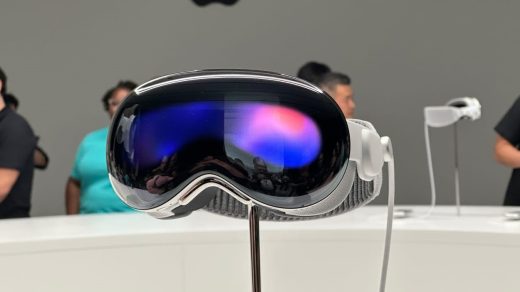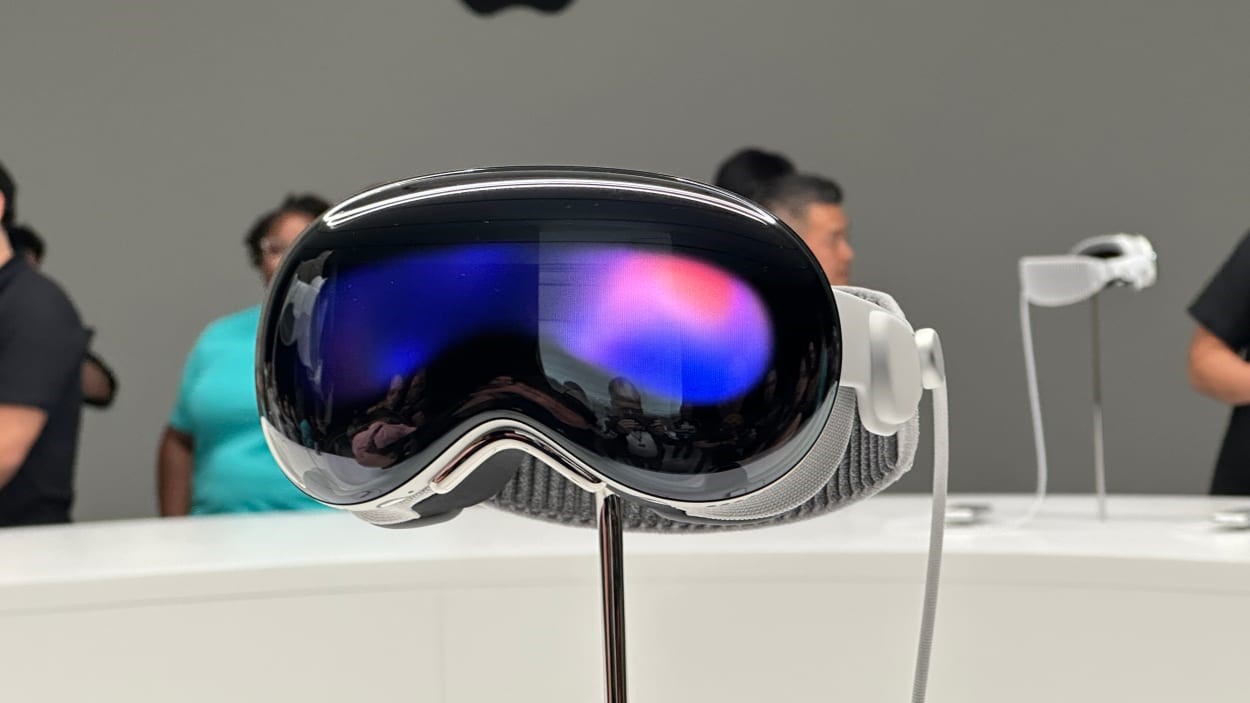Apple says its Vision Pro is ‘spatial computing,’ not VR
Apple is asking its developers and partners to describe its forthcoming Vision Pro headset as a “spatial computing” device—a smart move that allows the company to sidestep the tedious AR-VR-XR nomenclature.
For years “virtual reality” has been used to describe headgear that blocks out the outside world and displays digital images that can move with the user’s head motions. “Augmented reality” has meant smaller glasses that display digital imagery within see-through lenses.
In truth, Apple’s Vision Pro is more like VR. The front of the device isn’t see-through. But calling it VR discounts the fact that the device’s world-facing cameras give the user a clear representation of the room in front of them. And it’s into that space that the headset’s lenses can project all kinds of digital content, from user interfaces to business tools to a gaming environment. In that way it’s more like augmented reality.
So Apple could have called it “mixed reality,” as others have done, but by going with spatial computing, the company sidesteps the boring AR versus VR versus XR question altogether, and instead ends up with language that’s actually more descriptive of the experience. Spacial computing has been used in mixed-reality circles for years. It’s not really even new to Apple, which has used “spatial audio” to describe some of its audio experiences.
Not that the word spatial will make the Vision Pro an easy sell—far from it. Apple will have to bring its marketing A-game to push the product toward the mainstream, perhaps more so than at any time in recent memory. The device is very expensive at $3,500. Its key use cases are not exactly clear, therefore the public doesn’t yet know why it will be a must-have. And it does look like a VR headset, a device that seems niche-y to many consumers.
Apple is trying to sell not just a new device, but a new device category (spatial computing). This is pretty evident in the company’s first promo video for the Vision Pro, which some have observed recalls the vibe of the iPhone’s first ad. It’s a solid ad. The imagery and the energy (helped greatly by Devo’s classic “Uncontrollable Urge”) seems to yell out “This is a paradigm shift!”
Perhaps the greatest risk to the Vision Pro is that AR/VR, no matter how cleverly you brand it, seems a little outside the glare of consumer tech’s spotlight—at least at the moment. People want to hear about new tech products that are, in one way or another, vehicles for tech’s next big thing, which is AI.
In fact, mixed-reality devices might become very natural places for artificial intelligence. Meta has been talking for years about how it will put AI into its AR headgear, and it’s already begun rolling it out in the smart glasses it makes with its partner Ray-Ban. The Vision Pro will do something similar in the coming years. Users might employ the device by talking to an AI assistant intermediary, for example.
(20)



